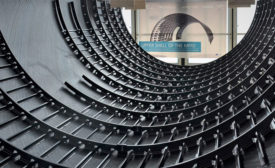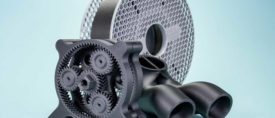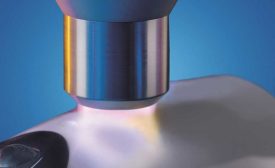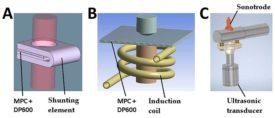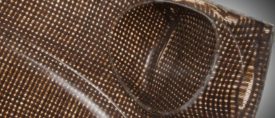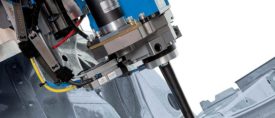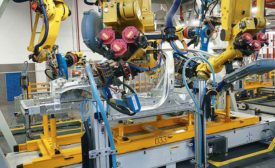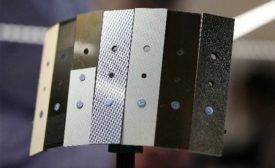Home » Keywords: » composites assembly
Items Tagged with 'composites assembly'
ARTICLES
Effects of Plasma Treatment on Bonding CFRP
By removing surface contaminants, plasma treatment can improve the bondability of CFRP.
August 2, 2022
Spot Welding Metal-Plastic Composites
A new resistance spot welding process can join metal-plastic composites
April 7, 2022
Ultrasonic Welding of Thermoplastic Composites
Strong and lightweight, thermoplastic composites can be difficult to join.
September 7, 2021
New Materials, New Fasteners
As automakers replace steel with lightweight materials, new fasteners will replace conventional screws.
June 11, 2021
New Developments in Self-Pierce Riveting
New technology incorporates the advantages of self-pierce riveting while overcoming its limitations.
January 6, 2021
Get our new eMagazine delivered to your inbox every month.
Stay in the know on the latest assembly trends.
SUBSCRIBE TODAY!Copyright ©2024. All Rights Reserved BNP Media.
Design, CMS, Hosting & Web Development :: ePublishing

